

Sleepow
gamer level 7
16488 xp
16488 xp
followers
6
6
Use my invite URL to register (this will give me kudos)
https://boardgaming.com/register/?invited_by=sleepow
profile badges




recent achievements

Old Bones
Explore select games by completing a series of exploration actions. learn more »
Explore select games by completing a series of exploration actions. learn more »

Explorer - Level 4
Earn Explorer XP to level up by completing Explorer Quests!
Earn Explorer XP to level up by completing Explorer Quests!

Tomahawk
Explore select games by completing a series of exploration actions. learn more »
Explore select games by completing a series of exploration actions. learn more »

Professional Grader
Grade 200 more reviews or tips by clicking "Yes" or "No" in response to the question "Was this helpful?"
Grade 200 more reviews or tips by clicking "Yes" or "No" in response to the question "Was this helpful?"
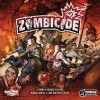

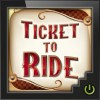


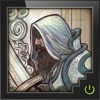

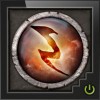
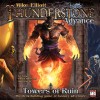

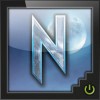
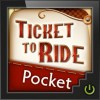
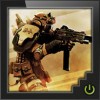
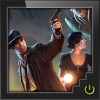
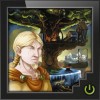
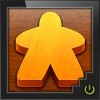
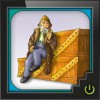
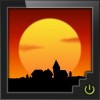
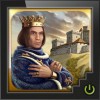
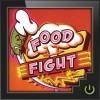


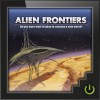
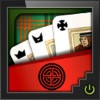
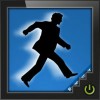
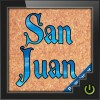
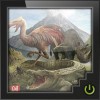
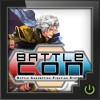
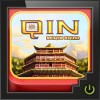
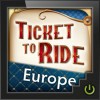












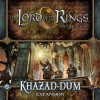



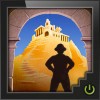
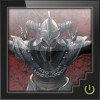
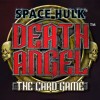
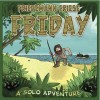



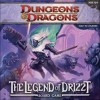
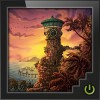


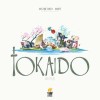
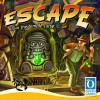

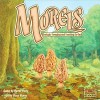

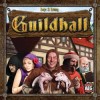
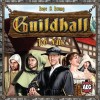
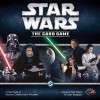
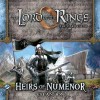
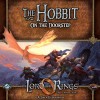
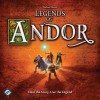
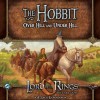

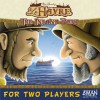


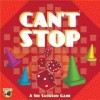

![Go to the Level 7 [escape] page Go to the Level 7 [escape] page](https://boardgaming.com/wp-content/uploads/2012/08/Level-7-escape-100x100.jpg)
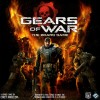













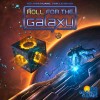





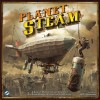


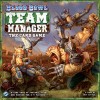



Ticket to Ride
Introduction
Ticket To Ride is the iPad implementation of the popular Ticket To Ride board game.
Both the board game and the app are from Days Of Wonder (and the app seems to be built in-house)
It is important to point out that this is an iPad specific version and it will not run on an iPhone/iPod Touch; there is a separate iPhone version if that is your hardware of choice.
Ticket To Ride can currently be bought for $6.99 and I do not think there has been any discount so do not hold your breath. Within the app you can also acquire different expansions like the small Ticket To Ride USA 1910 ($0.99) or full new maps like Ticket To Ride Europe ($4.99), Switzerland ($3.99) and Legendary Asia (3.99);… And maybe more to come,
Gameplay
Parts in italic are identical to the review of the iPhone version.
Almost most reader will know the rules of Ticket To Ride, but I will still go through them.
The game plays on a map (in this case of the USA) with cities and railroad routes of different length connecting them.
The goal of the game is to score more points than your opponents (2-5 players total with this app). There are several ways to score points but all are based on claiming routes with your allocated 45 train tokens.
A route between two cities will be of a specific color (among 8) or grey, and will have a specific length. To claim a route you will need as many train cards of the specific colors as the length of the route. For grey routes you can use any color trains, but all must be of the same color. There are also wildcard trains (locomotives) that can be used as any color. Each time you claim a route between two cities, depending on the length of the route, you get victory points (2 for length 2, 15 for length 6 for example). When you claim a route, you discard the required amount of train cards and place the required amount of train tokens on the map to show that the route has been claimed.
At the beginning of the game each player will also have to choose a minimum of 2 out of 3 destination cards. Each of those represents two cities and a number of points: if at the end of the game the two cities can be linked by the routes claimed by the player, he will score the points, if not they will be deducted form his total points.
The last way to score points is at the end of the game, the player with the longest continuous path will gain an additional 10 VP.
During the game, for each turn, each player will be able to chose 1 out of 3 actions: claim roads on the map with his available trains cards, acquire train cards or get new destination cards (same rules as starting destination cards apply).
Train cards (colored and wildcards) are randomized in a draw pile and the top 5 are revealed. When acquiring train cards, the player can either chose two colored train cards, two cards from the top of the draw pile, one colored card and one from the top of the draw pile, or one locomotive. Using the draw pile give you the chance to get locomotives while still drawing a total of two cards.
The last turn of the game starts when one player has only 2 or less train tokens left.
The expansions add some variants to the USA map like new destination ticket, different end of game scoring (most destinations completed instead of longest path),… or new maps with additional rules like ferries that require the use of locomotives, tunnel that have an uncertain length,…
Implementation
Similarly to the iPhone version, the app gives you many options to play a game of Ticket To Ride.
You can play 2-5 players games. You can do so alone against multiple AI, pass and play mixing AI and human players, asynchronous online using Game Center and local wifi games.
There are 4 different AI but I am not sure if they represent different levels of difficulty or different play styles. Playing against a mix of them I have won and lost games probably a similar number of times and the winning AI was not always the same.
There is a handy tutorial to go through the rules of the game, and if more is needed (but I doubt it) you can also access the rules.
In addition to what is available in the iPhone App, you can also play online with your Days Of Wonder account. In addition to a bigger pool of opponents (as this allows for cross platform games against PC gamers), it also allows you to play ranked games.
Thanks to the addition of the Days Of Wonder online play, it is always quite easy to find a game to play, probably easier than on iPhone using Game Center only (although, as said in my iPhone review, I have not had any trouble finding opponents the few times I tried).
The implementation of the game on the iPad is superb. The graphics and menu are beautifully matching the theme of the game and the user interface is intuitive: it is even easier to see what is going on on the board and even easier to play your turn than on iPhone.
As stated in the introduction, this is an iPad only game and there is a separate iPhone version as well as an iPhone version of Ticket To Ride Europe.
Verdict
A short version of the verdict would be: a better app of a great game.
The longer version:
The game Ticket To Ride is an easy to learn, difficult to master kind of game. It is easy to teach to non-gamers and although an experienced player will most likely beat a beginner, every player will still have fun. For experienced players the game can also be really strategic and interactive when they try to guess what others want to do and block them. I would put this game in the same category as Carcassonne: for beginners to advanced gamers, with more strategy and interaction as experience increases. I would however say the Ticket To Ride is little lighter.
Now for the app, this is a perfect implementation; the graphics are great, the interface is easy to use and you can play in many different ways.
The only issue I have with the app is that it is not Universal, you need a separate app if you want to play on iPhone as well (the iPhone version is however cheaper)
To summarize the main differences between the iPhone and iPad implementations (except the screen size): on iPad all expansions can be bought and played within the app, while on iPhone the new map(s) require a separate app; on iPad you can connect with your Days Of Wonder account allowing ranked games and more potential opponents.
I highly recommend this app to anyone; but especially for fan of the franchise. Having the possibility to link to your Days Of Wonder account and to get the expansion within the core app really makes a difference for advanced gamers. For newbies, although the iPad version is superior to the iPhone one, the added features might not be necessary and the iPhone version, being quite cheaper, can be a good introduction to the Ticket To Ride universe.